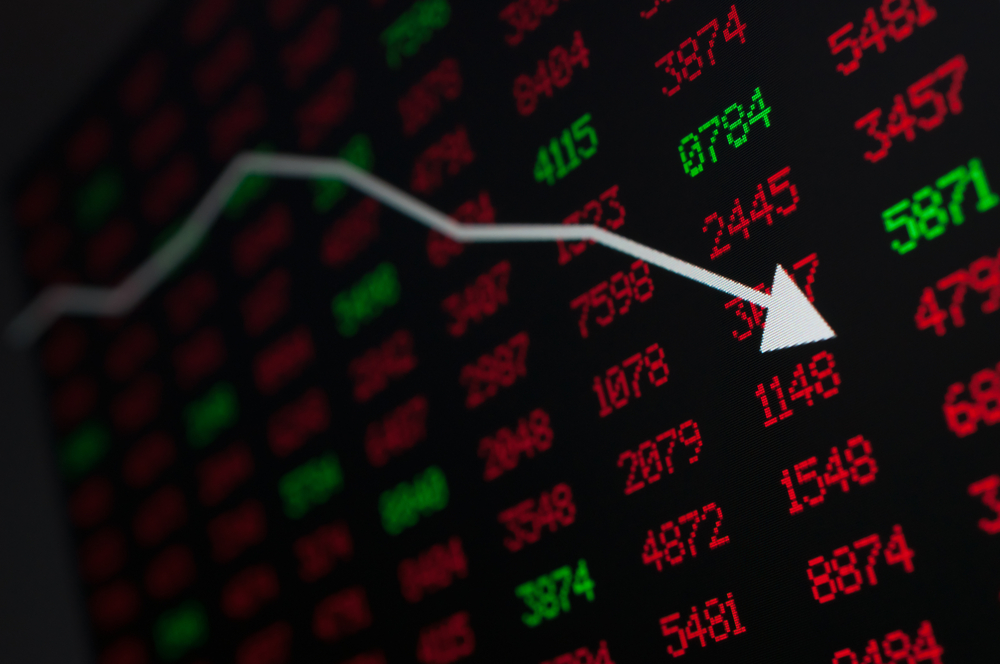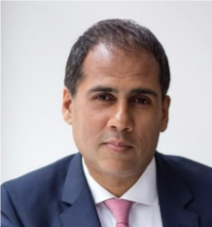What to Do When Times Get Tough
Alpesh Patel|September 3, 2021

I’ve always targeted 40% gains per year in my global stock portfolio. Of course, some years you do better… and some worse. You can’t pitch a hedge fund to people like Lakshmi Mittal, as I did back in 2005 (when he was the U.K.’s richest man), targeting anything less.
And when you’re talking with the big dogs, you highlight your 100% returns… not your measly slow-and-steady picks. Indeed, to prove the point, my students get a medal for each 100% return they earn within a year of following me.
But right now, headlines scream of overvaluation. People are fearful of going for growth. And they want to beat rising inflation.
So, naturally, they’re asking about their “safe” plays. Where do dividends fit into this market?
Can dividend stocks provide the growth investors need as they shift to yields while looking for protection?
Upside growth with downside protection… sounds like nirvana…
The Wrong Move
Does that mean you should start hunting for high-yielding dividend stocks?
Close, but not quite.
Dividends have been in vogue for only 20 years. After all, it was only two decades ago that Microsoft announced it would pay a dividend for the first time in its history. That’s about the same time President Bush reiterated plans to make dividends tax-free in his first State of the Union address.
Perhaps this lack of historical context is the reason most folks get dividends wrong.
They focus on the yield when they should be focused on something entirely different.
Remember, the yield tells you what percentage of your purchase price the company will return to you in dividends.
But there’s a problem.
Academic research questions high-yield strategies – and rightly so.
A comparison of total returns (those from share price moves and dividends) from 1946 to 1995 on a portfolio of the 10 Dow Jones Industrial Average stocks with the highest dividend yields with those from a portfolio of all 30 stocks in the DJIA, regardless of yield, shows that the Dow 10 portfolio failed to beat the Dow 30.
That surprised a lot of investors.
But it shouldn’t have.
My research shows that to get the balance between risk and the kinds of reward that stocks like Tecnoglass (TGLS) – which is up 206% in six months – give is to search for some dividend, but not too much.
Take Entravision (EVC) – up 124% in six months with a yield of 1.43%. Or American National Group (ANAT) – up 113% in six months with a yield of 1.71%.
With stocks like these, it’s not the size of the dividend that matters. It’s the reliability of the payout.
The ability to pay investors no matter the circumstance is what makes these “low yield” plays ultimately such big winners.
Of course, as well as a small, reliable dividend for downside protection, I also want my other factors aligned.
Whether a stock pays a dividend or not, my boxes for factors such as cash flow, valuation, growth in sales, Sortino ratio, Alpha and others must be ticked.
Dividends are important to the strategy, but they don’t supersede other, more important “tells.”
So bottom line: Are high-yield stocks a red herring?
No. They matter more than long-term investors who focus on share price alone think. That’s especially true when investors are fearful of high valuations… like they are right now.
Again, the research proves the point. The S&P 500 closed at the same level in 1980 as it did in 1966. That’s 14 years with no gain.
But on a total return basis – factoring in dividends – the S&P gained an average of 8% annually. Indeed, dividends account for around 50% of the S&P 500’s long-term returns.
That shows they are important… especially when times are rough.
But we don’t care for average index gains. As a mentor of mine, the legendary trader David Kyte, said in my book The Mind of a Trader, “We’re here to make money.”
And that is why my unique investing formula gives some weight – but not an excessive amount – to dividends.
Remember, I am not an ultra-long-term investor in any one stock. I review each position every 12 months. Few stay in the portfolio after a couple of reviews, as their growth spurt and returns have been exhausted or have paused. No company continues to grow exponentially – especially not the ones that give you 100% returns.
Twelve months, or even 24 months, is hardly enough time to worry all that much about dividend payouts.
Like I said, we want out-and-out growth in share price. Dividends are there to prove our stock isn’t going anywhere if times get tough.

Alpesh Patel
Alpesh Patel is an award-winning hedge fund and private equity fund manager, international best-selling author, entrepreneur and Dealmaker. He is the Founder and CEO of Praefinium Partners and is a Financial Times Top FTSE 100 forecaster. As a senior-most Dealmaker in the U.K.’s Department for International Trade, he is part of a team that has helped deliver $1 billion of investment to the U.K. since 2005 . He’s also a former Council Member of the 100-year-old Chatham House, the foreign affairs think-tank, whose patron is Queen Elizabeth. For his services to the U.K. economy, Alpesh received the Order of the British Empire (OBE) from the Queen in 2020. As a recognized authority on fintech, online trading and venture capital, his past and current client list includes American Express, Merrill Lynch HSBC, Charles Schwab, Goldman Sachs, Barclays, TD Bank, NYSE Life… and more.



